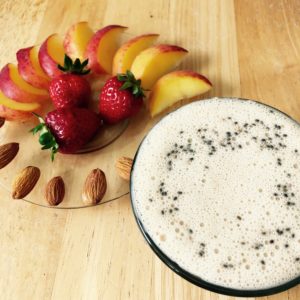 Hello,
Hello,
this post is for people who are still eating or potentially interested in eating oats, either regularly or occasionally.
I know that some people avoid eating oats. The most common reason is following gluten-free or grain-free diets. The definite sources of gluten are wheat, barley, and rye; the oats, technically free from gluten, can often get cross-contaminated.
Being genetically predisposed to the gluten sensitivity, I have been following a gluten-free diet for several years. However, I discovered that occasionally I can eat oats and feel pretty good after that.
I want to share with you the tips that work for me.
- It is crucial to get the certified gluten-free oats. It means that they have been processed and packaged on a gluten-free, uncontaminated equipment, or, at least, the chance of the cross-contamination is small (Verma et al., 2017). You may want to try different brands to see which one works better for you.
- My top preference is the certified gluten-free raw whole oats. Yes, I mean whole kernels or groats. They are sproutable and very minimally processed, with only the outer husk being removed.
- The gluten-free steel-cut oats are agreeable with my body as well. They are, however, a bit more processed with heat than the whole kernels, and, therefore, carry a higher chance of cross-contamination.
- The gluten-free oat flakes do not work for my body, most likely because they are the most processed oats available.
- I soak the oats overnight to soften them, start sprouting process, and make them more digestible.
- Then, I blend the soaked oats in water, together with cinnamon, one date, and some probiotic powder. Sometimes, I add a drop of raw unfiltered apple cider vinegar. As a result, the oatmeal becomes silky soft, easy to chew, and very filling and digestible.
According to the recent systematic review and meta-analysis, the oat consumption did not affect the gastrointestinal symptoms, histologic findings, the degree of the intraepithelial lymphocyte infiltration, or the results of the serologic tests in both adults and children with celiac disease (Pinto-Sanchez et al., 2017).
The avenin, a protein found in oats, is immunologically different from the gluten, a protein of wheat, barley, and rye. According to Glissen, van der Meer, and Smulders (2016), the oats could be introduced into the diets of celiac or gluten-sensitive individuals after the gut mucosa has been healed from inflammation.
The more rigorous, double-blind, placebo-controlled, randomized controlled trials, that compare the different types of oats and their effect on celiac or gluten-sensitive people are still being in progress.
I encourage you to notice how your body feels after eating the oatmeal. If you have a documented or suspected celiac disease or gluten sensitivity, consult your doctor and contact a certified nutritionist to get professional assistance with the individual and anti-inflammatory adjustment of your recipes and meal plans.
Feel free to let me know if you have any questions.
Happy eating!
Nataliya.
References:
Gilissen, L. J. W. J., van der Meer, I. M., & Smulders, M. J. M. (2016). Why Oats Are Safe and Healthy for Celiac Disease Patients. Medical Sciences, 4(4), 21. http://doi.org/10.3390/medsci4040021
Pinto-Sánchez, M. I., Causada-Caio, N., Bersik, P., Ford, A. C., Murray, J., Armstrong, D., … Leffler, D. (2017). Safety of Adding Oats to a Gluten-Free Diet for Patients With Celiac Disease: Systematic Review and Meta-analysis of Clinical and Observational Studies. Gastroenterology,153; 2, 395 – 409.e3. DOI: https://doi.org/10.1053/j.gastro.2017.04.009
Verma, A. K., Gatti, S., Galeazzi, T., Monachesi, C., Padella, L., Baldo, G. D., … Catassi, C. (2017). Gluten Contamination in Naturally or Labeled Gluten-Free Products Marketed in Italy. Nutrients, 9(2), 115. http://doi.org/10.3390/nu9020115

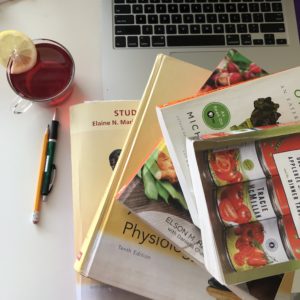 I’ve been busy lately preparing for my final exams on Anatomy and Physiology and Graduate Topics in Holistic Nutrition at the American College of Healthcare Sciences.
I’ve been busy lately preparing for my final exams on Anatomy and Physiology and Graduate Topics in Holistic Nutrition at the American College of Healthcare Sciences.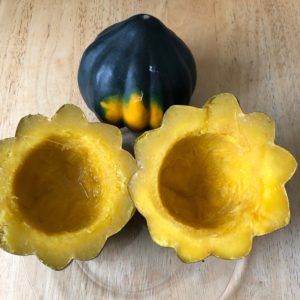 Happy New Year! Have you decided on your New Year resolution yet?
Happy New Year! Have you decided on your New Year resolution yet?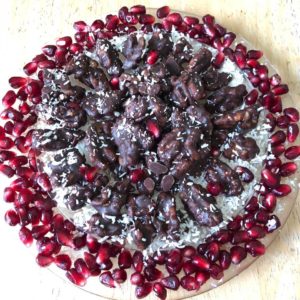 I made chocolate covered walnuts this year as a homemade Christmas gift for the family and friends. It is very easy, takes about 20 minutes, and can be made a few weeks ahead of the occasion.
I made chocolate covered walnuts this year as a homemade Christmas gift for the family and friends. It is very easy, takes about 20 minutes, and can be made a few weeks ahead of the occasion.

 Video: Cats Eating Their Breakfast
Video: Cats Eating Their Breakfast Today I’d like to talk about desserts. What is your favorite one for the upcoming holiday season?
Today I’d like to talk about desserts. What is your favorite one for the upcoming holiday season?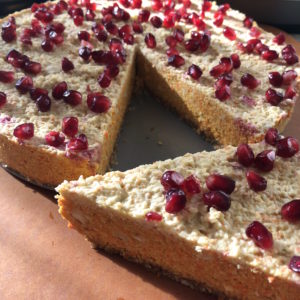
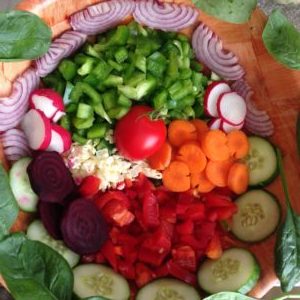 The Thanksgiving and New Year holidays are upon us! Have you started feeling the rush and the excitement of the season? It is a time to start wrapping up the current year, setting new goals, and reconnecting with family members and friends.
The Thanksgiving and New Year holidays are upon us! Have you started feeling the rush and the excitement of the season? It is a time to start wrapping up the current year, setting new goals, and reconnecting with family members and friends.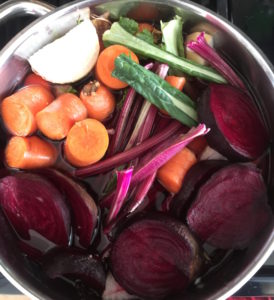 Today I’m excited to share with you how easy it is to make your own vegetable broth.
Today I’m excited to share with you how easy it is to make your own vegetable broth.